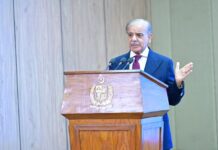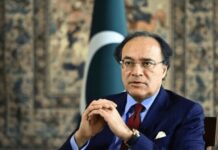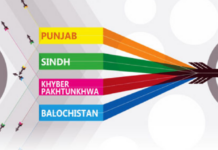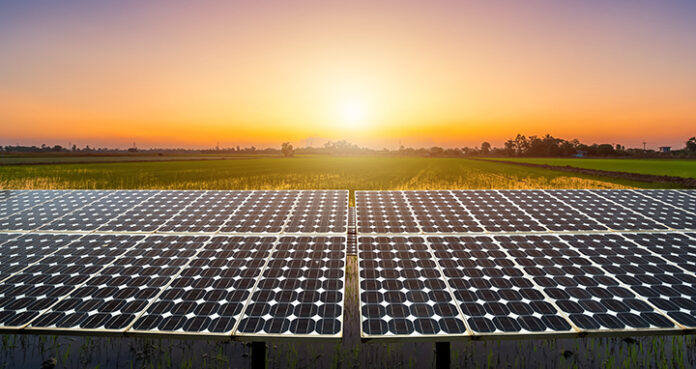The energy sector of Pakistan has always been kind of a problem child for the country. And electricity has never come at a cheap cost. We may not be living through the 2010’s heavy load shedding era anymore but we are still not out of the belly of the beast. Now we have a new problem: expanded electricity generation capacity, which seemingly sounds like a positive development, but one that has thrown Pakistan into a financial crisis.
Why? Well, because the demand for electricity has not kept up with the rising generation capacity.
While some who can afford solar panels may have found a loophole to generate their own electricity, it is partly the cause of this current crisis.
The unprecedented growth in rooftop solar adoption and a surge in net-metered connections, the solar boom represents both a disruption and an opportunity, with wide-ranging implications.
Renewables First’s Pakistan Electricity Review 2025 reveals that the sector has undergone significant transformation over the past two decades, yet, it continues to grapple with challenges that threaten its sustainability and the broader economy. The content in this publication is expensive to produce. But unlike other journalistic outfits, business publications have to cover the very organizations that directly give them advertisements. Hence, this large source of revenue, which is the lifeblood of other media houses, is severely compromised on account of Profit’s no-compromise policy when it comes to our reporting. No wonder, Profit has lost multiple ad deals, worth tens of millions of rupees, due to stories that held big businesses to account. Hence, for our work to continue unfettered, it must be supported by discerning readers who know the value of quality business journalism, not just for the economy but for the society as a whole.To read the full article, subscribe and support independent business journalism in Pakistan
























